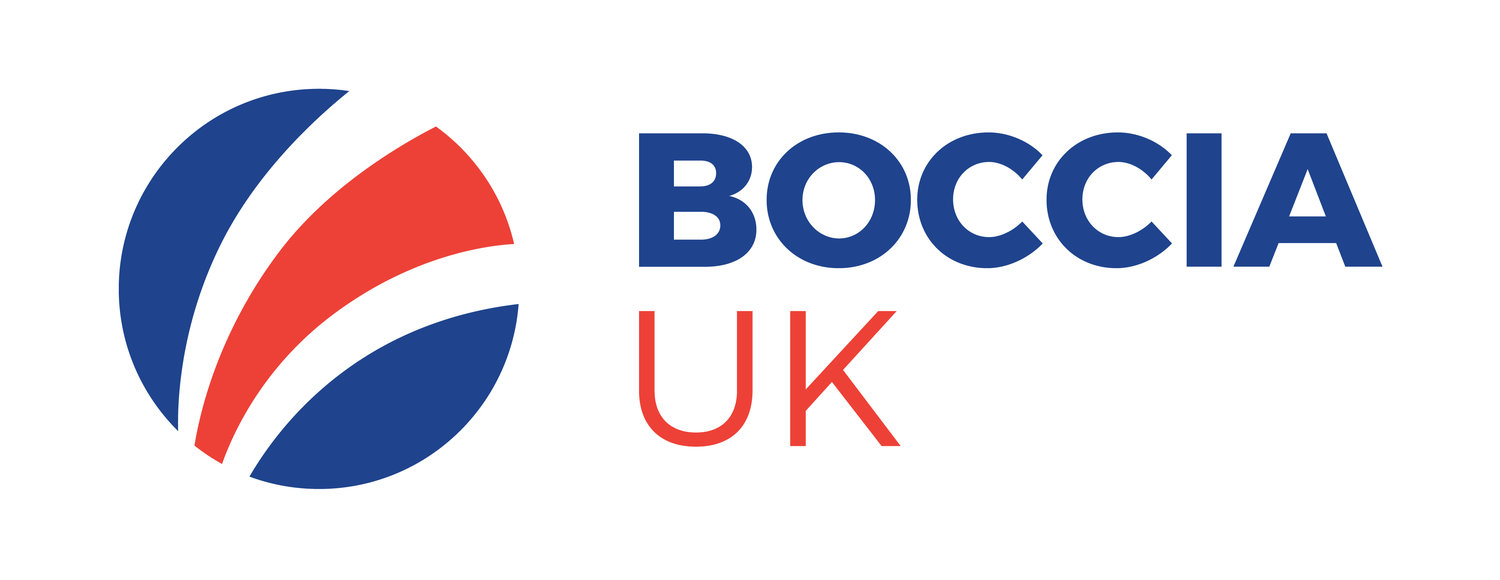Find out all you need to know about boccia…the rules, a glossary and more…
Basics
Boccia (pronounced 'Bot-cha') is a Paralympic sport introduced in 1984
It has no Olympic counterpart
Athletes throw, kick or use a ramp to propel a ball onto the court with the aim of getting closest to a 'jack' ball
It is designed specifically for athletes with a disability affecting locomotor function
It is played indoors on a court similar in size to a badminton court
Rules
The aim of the game is to get closer to the jack than your opponent
The jack ball is white and is thrown first
One side has six red balls and the other has six blue balls
The balls are leather containing plastic granules so they don't bounce but will still roll
The side whose ball is not closest to the jack throws until they get a ball closest or until they run out of balls
Once all the balls have been thrown one side receives points for every ball they have closer to the jack than their opponents closest ball
The full rules are available to download here
The official court diagram is available to download here
Classification
Players are divided into four classifications depending on their disability and functional ability.
All players have impaired functional ability in all four limbs.
BC1 - Players with Cerebral Palsy who are able to use their hands or feet to consistently propel a ball into play. BC1 athletes may have an aide on court to pass them their ball before each shot
BC2 - Players with Cerebral Palsy who are able to use their hands to consistently propel a ball into play and have greater functional ability than a BC1 athlete
BC3 - Players with Cerebral Palsy or other disability with locomotor dysfunction in all four limbs who are unable to throw or kick a ball into play and as such are permitted to use an assistive device such as a ramp to propel the ball into play and are supported by an assistant ('ramper')
BC4 - Players who do not have Cerebral Palsy but have another disability with locomotor dysfunction in all four limbs and have similar functional ability to BC2 athletes. Disabilities such as Muscular Dystrophy and Tetraplegia will fall under this classification.
Events
Individual (All) - Player competes versus an opponent of the same classification over six 'ends'
Team (BC1 and BC2 combined) - Three players per team of which at least one must be a BC1. Contested over six 'ends' with each player having two balls per end
Pair (BC3) - Two players per side over four ends with each player having three balls per end
Pair (BC4) - Two players per side over four ends with each player having three balls per end


